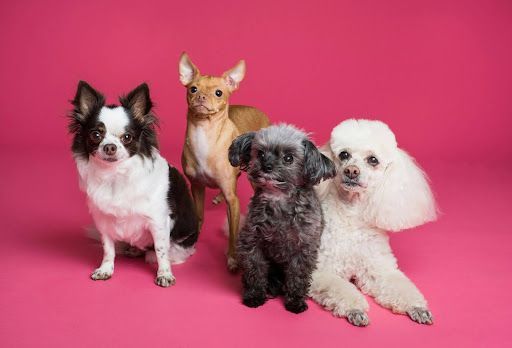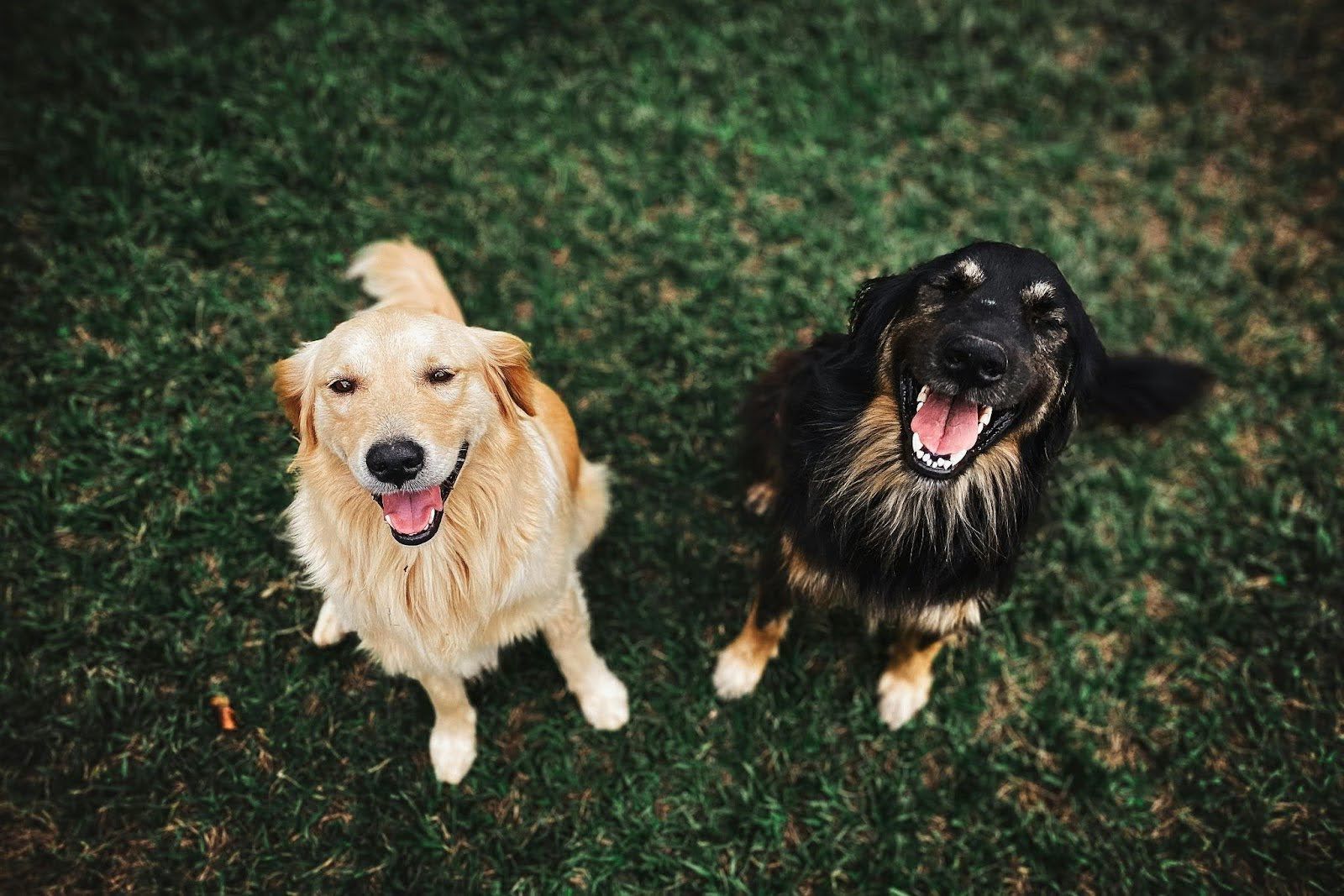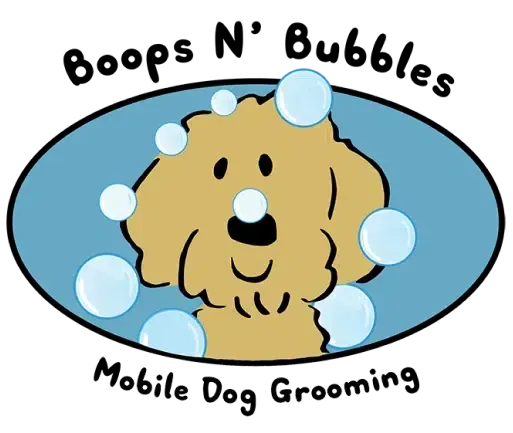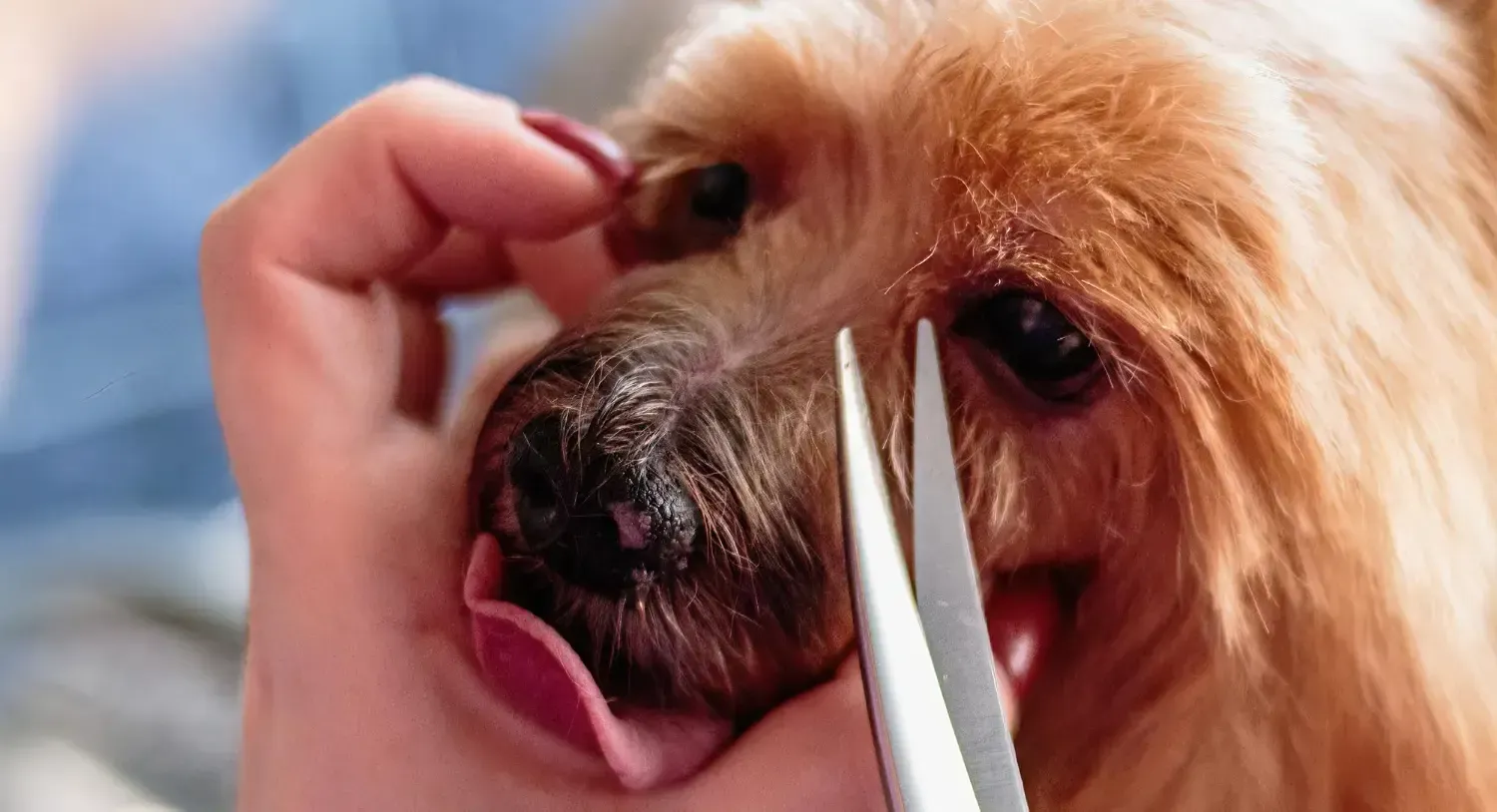Dog Dandruff: Causes, Treatments & Best Grooming Solutions
Dog dandruff, just like human dandruff, refers to the presence of dry, flaky skin. It can appear as tiny white flakes in your dog’s fur, often noticeable when you pet them or after they shake their coat. Although it may seem harmless at first, consistent dandruff can be a sign of underlying skin conditions, allergies, or poor grooming habits.
However, in this blog you will learn everything about dog dandruff. What are its causes, how can you prevent it and what are the best dog dandruff shampoos that you can try?
This means this blog post is a real saver for your dog's skin. So keep reading.
What Is Dog Dandruff?
Dog dandruff is a skin condition where dead skin cells shed in excess, causing white flakes to appear on your pet’s fur and bedding.
Dandruff can show up in dogs regardless of their breed, size, or age. The flaky skin is usually noticeable along the back, around the neck, and near the tail.
Moreover, in some cases, dandruff may also accompany itchy skin in dogs, leading to frequent scratching or licking.
Signs and Symptoms of Dry Flaky Skin in Dogs
While dandruff is visually easy to spot, it often comes with additional signs:
- White or grayish flakes on the fur or bedding
- Itchy, irritated, or red skin
- Excessive scratching or licking
- Dry patches of skin or scabs
- A dull or brittle coat
If your dog has one or more of these symptoms, it could point to dry, flaky skin in dogs. Identifying these early signs can help you act quickly before the issue worsens.
What Causes Dog Dandruff?

Dandruff in dogs doesn’t happen for just one reason; it’s often the result of several contributing factors. Understanding these can help you better manage and prevent dry, flaky skin in your dog.
1. Dry Indoor Air
Dogs, like humans, are sensitive to changes in air moisture. When indoor heating systems are used during colder months, humidity levels drop significantly. This lack of moisture can dry out your dog’s skin, leading to irritation and visible flakes. Dogs living in arid climates can also experience year-round skin dryness if not properly hydrated and moisturised.
2. Inadequate Nutrition
If your dog’s diet is lacking key nutrients, especially fatty acids like omega-3 and omega-6, their skin may suffer. These essential nutrients support your dog’s skin by keeping it flexible and well-moisturized. Without them, the skin can dry out and the coat may lose its shine, increasing the chances of dandruff and excessive shedding.
3. Allergies (Environmental or Food-Based)
Some dogs react negatively to allergens such as pollen, household dust, or specific ingredients in their food. These allergies often cause itching, redness, and skin inflammation, which can result in flaking. Even grooming products with harsh chemicals or strong fragrances can trigger allergic reactions.
4. Parasites
Certain parasites like fleas, lice, and mites can irritate your dog’s skin. Cheyletiella mites, often mistaken for dandruff due to their flake-like appearance, are actually tiny parasites that move on your dog’s skin. Without proper treatment, they can multiply and cause skin irritation or infections.
5. Bacterial or Fungal Infections
Infections that affect the skin barrier can cause dryness, itchiness, and flaking. These are typically accompanied by symptoms like redness, swelling, bad odour, or pus. Medical treatment is essential in these cases.
6. Hormonal Problems
Hormonal imbalances like hypothyroidism and Cushing’s disease can disrupt your dog’s natural skin functions. These issues may reduce healthy oil production, causing dryness and flakiness over time.
7. Irregular Grooming
Neglecting routine grooming can cause dead skin cells, loose fur, and debris to accumulate on your dog’s coat, increasing the risk of dandruff. This buildup may block skin pores and cause irritation. Brushing your dog not only removes debris but also spreads natural oils that keep the skin moisturized.
How to Get Rid of Dog Dandruff?

The best way to treat dog dandruff depends on the underlying cause. Here are several effective methods:
Regular Brushing
Brushing removes dead skin and fur while distributing natural oils across your dog’s coat. Select a grooming brush that matches your dog’s coat texture. Slicker brushes are ideal for long fur, while rubber brushes are great for short-haired dogs.
Balanced Diet
Ensure your dog receives a well-balanced diet rich in essential fatty acids. Adding omega-3 supplements or fish oil (with your vet’s guidance) can promote healthier skin and a shinier coat.
Hydration
Make sure your dog always has access to clean, fresh water. Proper hydration supports healthy skin and helps minimize dryness and flaking.
Use a Quality Dog Dandruff Shampoo
Invest in a specially formulated dog dandruff shampoo that soothes irritated skin and removes flakes. Look for products containing oatmeal, aloe vera, or medicated ingredients like salicylic acid or sulphur. Avoid human shampoos, as they can worsen the condition.
Avoid Overbathing
Bathing your dog too often can strip away natural oils, worsening dry flaky skin in dogs. Follow a consistent bathing routine based on your dog’s breed, and always choose hydrating shampoos to support skin moisture and health.
Humidifier Use
Running a humidifier in your home during dry months helps maintain healthy moisture levels in your dog's skin.
However, if you are struggling with your dog's dandruff, then do consult our expert dog grooming service in San Ramon and CA.
Vet-Prescribed Treatments
If your dog continues to struggle with dandruff, it’s best to visit your vet.
They might recommend medicated shampoos, antifungals, or allergy relief based on the cause.
Best Dog Dandruff Shampoos to Try
When selecting a dog dandruff shampoo, consider the following ingredients and benefits:
- Oatmeal-Based Shampoos: Soothe itchy skin and lock in moisture
- Medicated Shampoos: Treat fungal or bacterial causes
- Aloe Vera & Vitamin E: support skin repair and encourage healthy cell renewal, helping soothe irritation and dryness.
- Hypoallergenic Options: Ideal for dogs with sensitive skin
Remember, consistency is key. Adhere to the instructions closely and track your dog’s skin condition to see gradual improvements.
When to See a Veterinarian
If you've tried home remedies without success or notice other concerning signs, such as open sores, swelling, or changes in behaviour, it’s time to visit the vet.
Persistent dog dandruff might signal a deeper health issue that requires professional attention.
Tips to Prevent Dog Dandruff

Preventing dandruff is typically simpler than treating it. Here are some tips to help maintain your dog’s skin and coat health:
- Maintain a nutritious, well-balanced diet
- Groom your dog regularly (brushing and bathing)
- Provide access to fresh water daily
- Avoid harsh shampoos and grooming products
- Monitor for signs of fleas, ticks, and mites
- Keep living areas clean and allergen-free
- Use air humidifiers during dry seasons
Breeds Prone to Dry Flaky Skin
Though any dog can experience dandruff, certain breeds may be more prone to it:
- Bulldogs: Prone to skin folds and infections
- Retrievers: Their thick coats require regular grooming
- Terriers: Often experience sensitive, dry skin
- German Shepherds: Commonly suffer from seborrhea and other skin issues
If your breed is prone to flaky skin, establish a solid grooming and skincare routine early.
Home Remedies for Dog Dandruff
Here are several natural remedies you can experiment with at home:
- Coconut Oil Massage: Gently massage a small amount into dry areas
- Apple Cider Vinegar Spray: Mix with water (1:1) and spray to reduce itchiness
- Aloe Vera Gel: Apply to soothe red, irritated patches
- Omega-3 Supplements: Fish oil or flaxseed oil can improve skin texture over time
Before trying any new product, it’s always a good idea to check with your vet.
Conclusion
Dog dandruff is a manageable condition that can be treated and prevented with the right approach. Whether caused by dry air, allergies, poor nutrition, or other issues, addressing the root cause is essential for lasting relief. Start with grooming, upgrade your dog’s diet, and try dog dandruff shampoo tailored to your pet's needs. If symptoms persist, professional help is just a vet visit away.
Looking to stock up on top-quality dog grooming products, including shampoos and brushes designed to tackle dandruff and dry, flaky skin in dogs?
Explore our carefully curated dog grooming services to give your dog the relief they deserve.
FAQs
How do you treat dandruff in dogs?
To treat dog dandruff, use a dog dandruff shampoo and ensure your pet is on a balanced diet with Omega fatty acids. Regular grooming and moisturizing can also help manage dry skin.
Why does my dog have white flakes on her fur?
White flakes on your dog’s fur are usually a sign of dry, flaky skin, caused by factors like allergies, dry air, or poor diet. It may also be related to parasitic infections or skin conditions.
Is it normal for a dog to have dandruff after a bath?
It’s common for dogs to experience dandruff temporarily after a bath, especially if their skin becomes dry or irritated. Use a moisturizing shampoo to avoid further dryness.
Does brushing a dog help with dandruff?
Yes, brushing your dog regularly helps remove dead skin cells and prevents buildup, reducing dandruff. It also spreads natural oils, keeping the skin hydrated and healthy.


